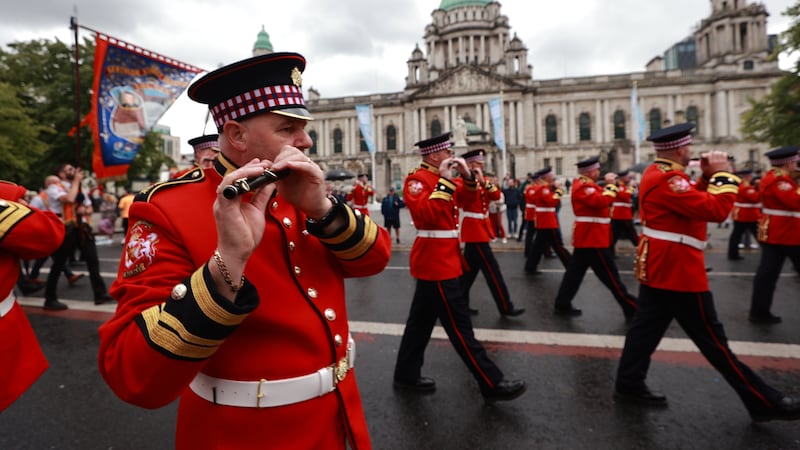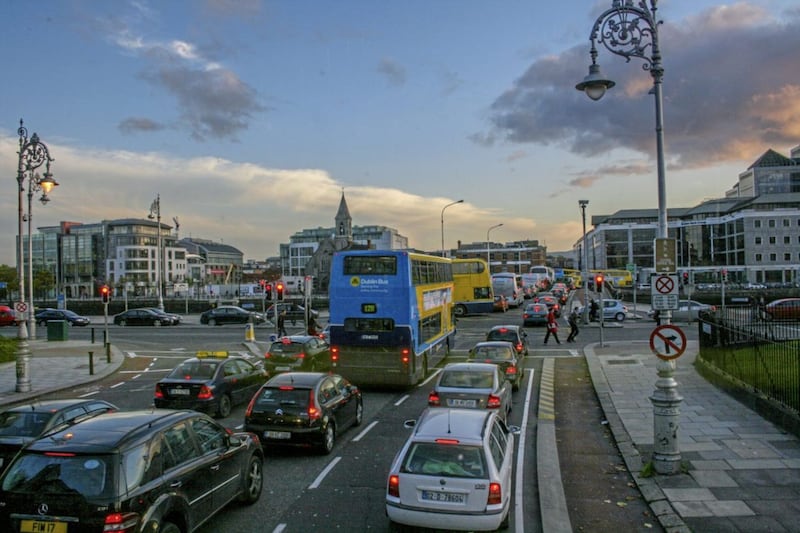Explosive material used in the Dublin and Monaghan car bombings 50 years ago was manufactured by the IRA but found its way into the hands of loyalists, according to a former British Army intelligence agent.
Colin Wallace, who played a key role for British state intelligence in the north in the 1970s, believes either members of the UVF somehow managed to acquire the material or it was handed to them by elements within the security forces.
Members of the Glenanne gang, the mid-Ulster group led by Robin ‘The Jackal’ Jackson and including several members of the security forces, are suspected of carrying out the bombings that killed 34 people on May 17 1974. In total, members of the gang are suspected of being involved in 120 murders.

An inquiry, Operation Denton, is ongoing into the activities of the gang, with lead investigator Sir Iain Livingstone stating it is hoped the report will be published by early next year. Sir Iain took on the job from Jon Boutcher, now PSNI chief constable.
Mr Wallace, who contributed to a four part podcast on RTÉ radio, The Forgotten, was a key figure in British intelligence at the time of the bombings.
He described how security forces had a list of suspects within three or four days. Many of them were members of the UDR or RUC. Mr Wallace said he does not know whether any were questioned in the aftermath.
“The explosives used were largely a mixture...the explosive was home made and it was actually of IRA manufacture,” Mr Wallace said.
“And therefore how did they acquire that? Either they managed to get some captured IRA material or some of (the material) that was captured was given back to the loyalists.”
If the material was from stores captured by the security forces from the IRA then that is “quite a sobering thought if that is true”.
Mr Wallace added there is no one thing “on its own is important but when you put several of them together it means what emerges is quite chilling”.

“Because to me that goes right at the core of whether this was loyalists acting on their own or whether this was loyalists acting with some sort of help from the security forces,” he said.
“I do not have any doubt at all in the lead up to the (bombings) we had sufficient context to have a very good picture that something was being planned and I am certain in my own mind from the context we would have known what the target was.
“Whether we knew the precise date or not is questionable but again on balance we probably would have.”
When asked whether it could have been prevented, Mr Wallace said: “Difficult question. In theory, yes.”
Sir Iain said his team has “had access to secret and top secret material that no other previous investigation ever had”.
“The information that we have obtained gives us as thorough and detailed a picture I think it would be possible to get,” Sir Iain said.
“Now I am not naive and I would not say...that we have seen everything. (We) have pieced together all the information...crucially and vitally we have also spoken to people that have come forward and provided additional information at times to fill some of those gaps.”
The former head of police in Scotland said that, as far as he can judge, the team has all the information to make a full report on the Glennane gang and their activities. They have spoken to some of those involved, though many key players are dead.
“We have done that. We have approached what we would call subjects of interest, people who at times by their own admission or by as matter of public record were involved in planning paramilitary activity and we have approached them to say we are doing this and can you assist us in filling in some of the gaps that exist or can you assist us in confirming what’s some of our conclusions or assessments have been.”






